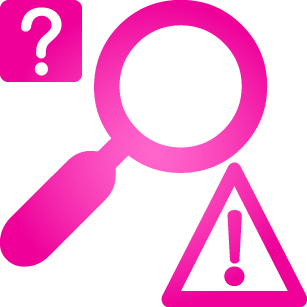Pubic Lice
Pubic Lice (Crabs)
Pubic lice are tiny insects, or parasites, that are about the size of a pin-head. They are also called 'Crabs' because of how they look.
Pubic lice live in the pubic hair, which is the hair around the penis and the vagina. They are also sometimes found in other body hair such as on the legs, under arms or on the stomach. They do not live in the hair on your head.
Pubic lice are the most common sexually transmitted infection, with most people treating themselves at home.
Symptoms
Signs and symptoms of pubic lice can be:
- Itching in the areas where the lice are living
- Black powder, which is their droppings, in your underwear
- Little round spots, which are their eggs, fixed on your hairs
Some people notice the lice themselves but usually they are too small to see.
How are they passed on?
Pubic lice are passed on by close skin-to-skin contact, often during sex, although they can be passed on by other contact, such as sharing a bed. You cannot get lice from sharing a lavatory seat or by simply sharing a chair with someone.
Do you think you may have pubic lice (Crabs)?
If you think you have pubic lice you can go to your nearest GUM clinic. You can also visit your family or local GP.
By law, the sexual health clinic cannot tell anyone about your visit; these rules do not apply to your GP who can tell other people about your appointment.
Testing
The doctor or nurse can tell you whether you have lice just by looking; often they will use a microscope to do this.
Treatment
The doctor will give you some lotion to put on that will get rid of the pubic lice. You can put the lotion on at home and this does not hurt. You will usually have to apply the lotion a few times over a day or so until the lice have gone. The doctor may ask you to return for a check up to make sure the lice have all been killed.
Sometimes you still itch for a time after the lice have gone. The doctor can give you a lotion for this.
You should wash the bedclothes you’ve slept in, any towels you have used and any clothes you have worn while you had the lice to make sure you get rid of them.
Inform your partners
If you have pubic lice it is best to tell anyone you may have had sex with or been in close contact with, so that they can get a checkup.

